Wednesday 4th June 2025, Beckbury Meadows
Before starting the report on our visit to this site I would like to draw your attention to the latest publication from the Field Studies Council: “Micro ladybirds of Britain and Ireland” by Maria Justamond and David Williams.
Micro ladybirds are the “smaller”, often overlooked, relatives of the ladybirds we are familiar with.
They have been referred to in these reports as “inconspicuous”, “inconsiderable” and other “in……” words, but from now on they will be known as “micro”. All the species have been given common names and I will endeavour to use them. Here is a bit more about the book.
After the Introduction the Species accounts are easy to follow as each species is presented over two pages: one page with text including identification features, habitat, overwintering sites, similar species and distribution; the second page is dedicated to photographs of the ladybird.
These are followed by various other sections including comparison plates, confusion species, information about the larval stages and more.
It all comes in a neat and tidy book that easily fits into a rucksack or similar bag carried when out in the field.
It is available from FSC Publications (for £15 currently reduced to £12) and other booksellers.
The above photograph shows the view that greets you at Beckbury Meadows as you cross the field by the entrance towards the River Worfe. Quite spectacular.
However, it was quite a while after arriving before we were able to see this view as we waited for one of the group, who could not find the meeting place.
While we waited, we looked at the entrance lane from the road to the field. This lane is quite well vegetated with substantial hedges on both sides and lush vegetation running down its centre (which cleans the underneath of your car as you drive along it).
Here are some of our finds in this area.
A striped millipede Ommatoiulus sabulosus.
A nicely marked micro-moth, Glyphipterix thrasomella.
A multi-spotted 2-spot Ladybird.
A Pied Shield bug nymph.
And a longhorn beetle, Stenurella melanura.
Our last member for the day arrived and we made our way down the hill to the river valley.
We set up our base around a fallen tree at the edge of the marsh.
The exposed roots of the tree made an excellent cloakroom.
The vegetation in this area was very dry on the hillside all the way down to the valley floor, then a strip of mainly damp grassland before the marsh took over all the way to the river.
Where we were there was no obvious path to the river but it was possible if you took great care in choosing the route.
(In the afternoon we were able to find a route that was mainly firm dry ground.)
We spent the rest of the morning in this area.
Amongst the species we were able to identify were:
A mayfly, Ephemera danica;
A Black-headed Cardinal Beetle;
A Reed Bunting;
A female Meadow Grasshopper;
A Blood-vein moth;
A figwort weevil, Cionus tuberculosus;
And a colourful ground beetle, Calathus melanocephalus.
There was no reason to move so we had lunch in the same spot.
After lunch we explored a little further down the valley and deeper into the marsh.
An early find in the afternoon was a soldier fly, Beris vallata.
 |
| Photograph: David Williams |
Eventually we came to a track that seemed to lead in the general direction of the river. This was churned up by cattle but negotiable with care. And certainly a lot more secure and drier than attempting to cross the vegetation, pools and hidden ditches of the marsh.
Here is the River Worfe.
Not much to see, but it proves it was there!
And this is the view back to the bank we had descended to get here.
The bank looked much smaller and gentler from here!
Being able to get to the river gave us access to parts of the marsh we would not have attempted to reach otherwise. Here are some of the species we found.
A Brown China Mark moth.
A Four-spotted Chaser.
A Moorhen chick.
A Beautiful Demoiselle.
Looking back towards where we had come from we noticed the cattle that are the caretakers of the site were on the move.
And they moved onto the track we had followed to get to where we were!
There was no escape.
Should we just head straight for them and hope they gave way to us, or do we need to find an alternative route back?
Our quandary was solved when the cattle moved on down the valley, freeing up the track we had used.
We found a large horsefly, Hybomitra distinguendus.
During the day we had seen lots of Blue-tailed damselflies gliding about noiselessly amongst the tall vegetation. But close to the river this was spotted.
This is a female form of a Scarce blue-tailed damselfly. And, in Shropshire, it really is scarce. This was an excellent find.
This find caused a scramble to search for more. Several individuals were found including this male.
Returning to drier land we found a couple of large beetles:
Carabus violaceus;
And a Lesser Stag Beetle.
Some way away from us we were being watched…
By a Brown Hare.
Then there were two…
And then there were none!
A wonderful way to finish an excellent day.
Except…
We had to climb back up the steep bank!!
Back at the cars we noticed lick marks left by the cattle as they attempted to clean them for us.
They did not do a very good job.
My thanks to the owner for granting us permission to enjoy ourselves, the cattle for letting us get on with it more or less unhindered and to the photographers for providing their excellent images for this report.


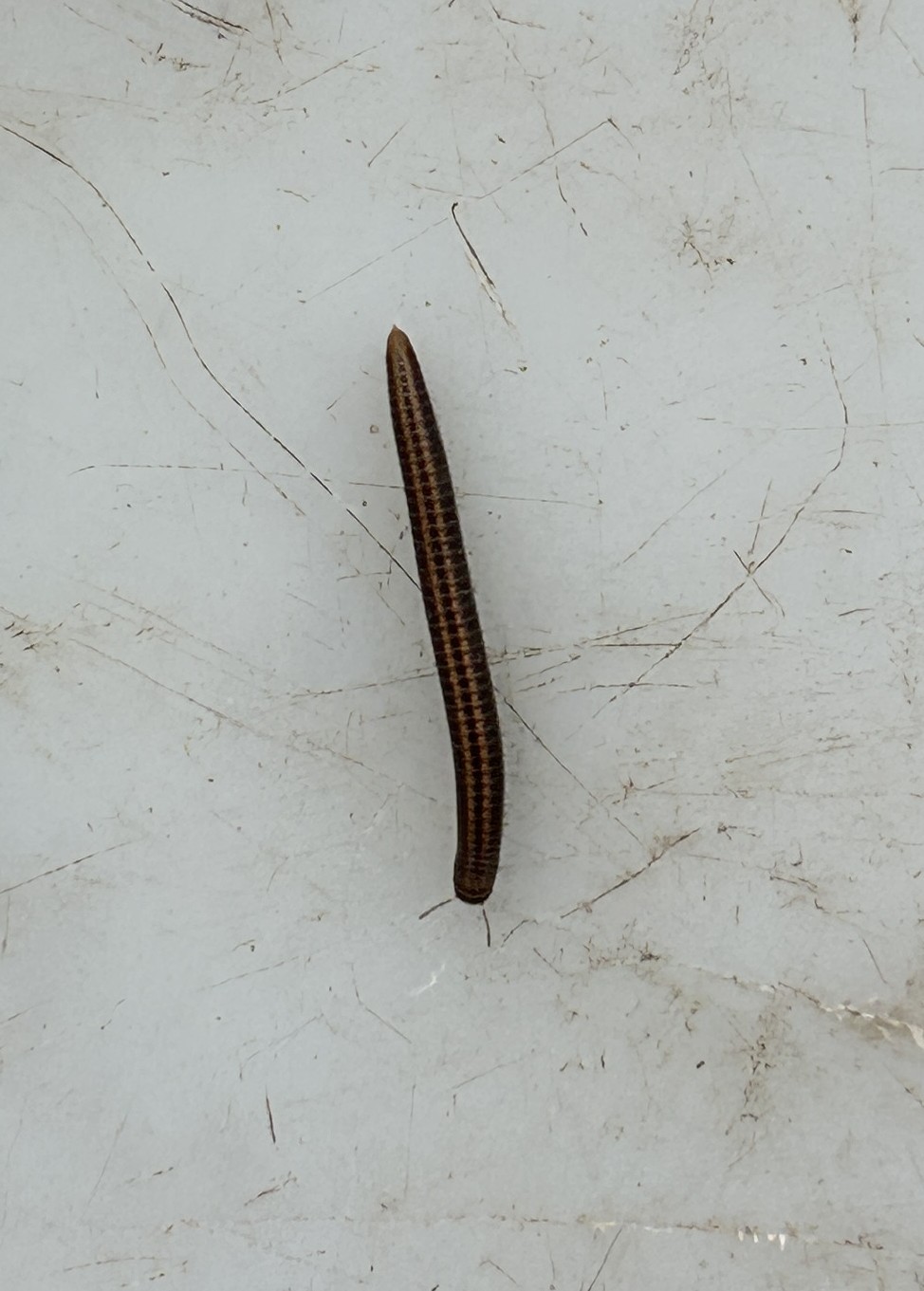



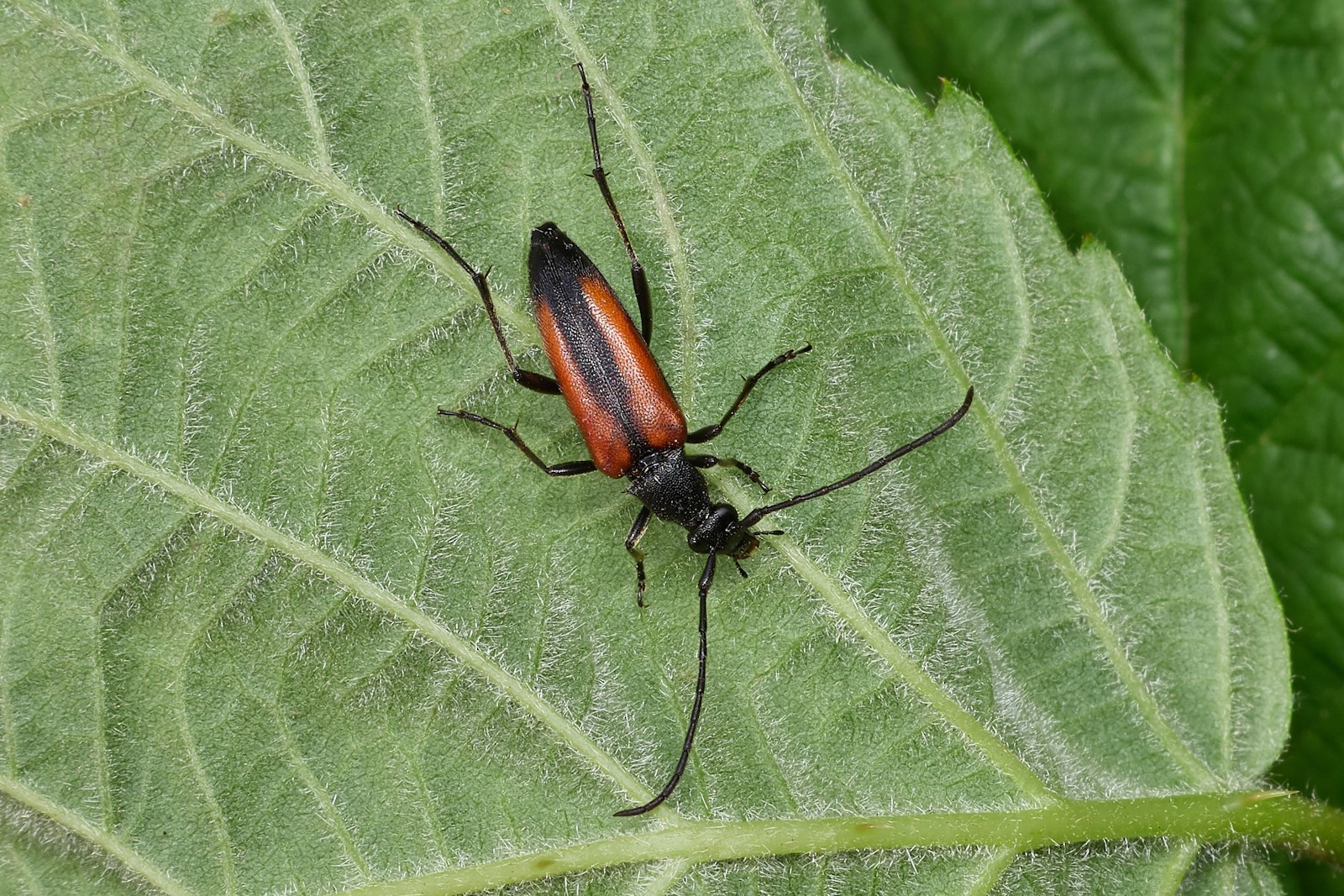















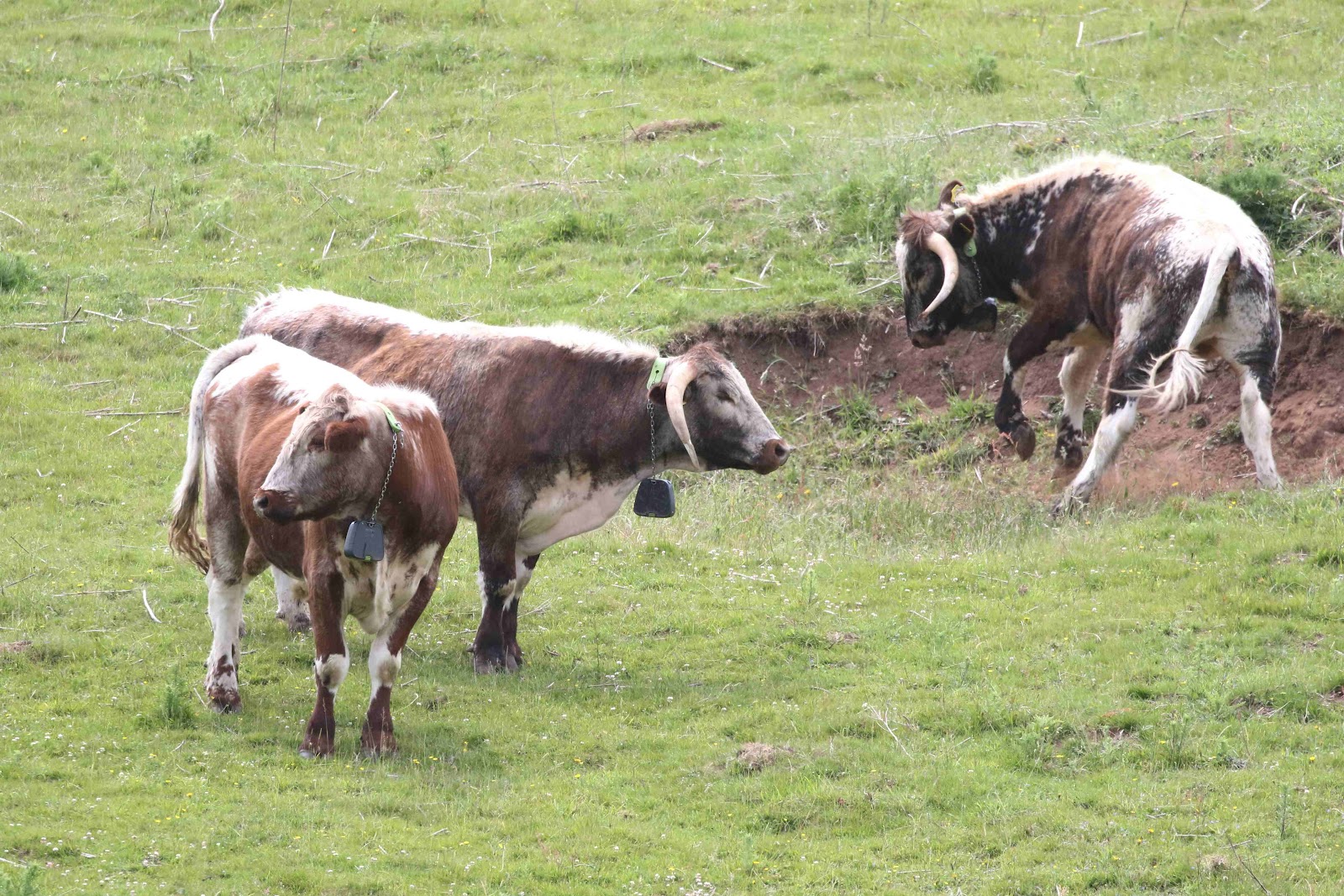






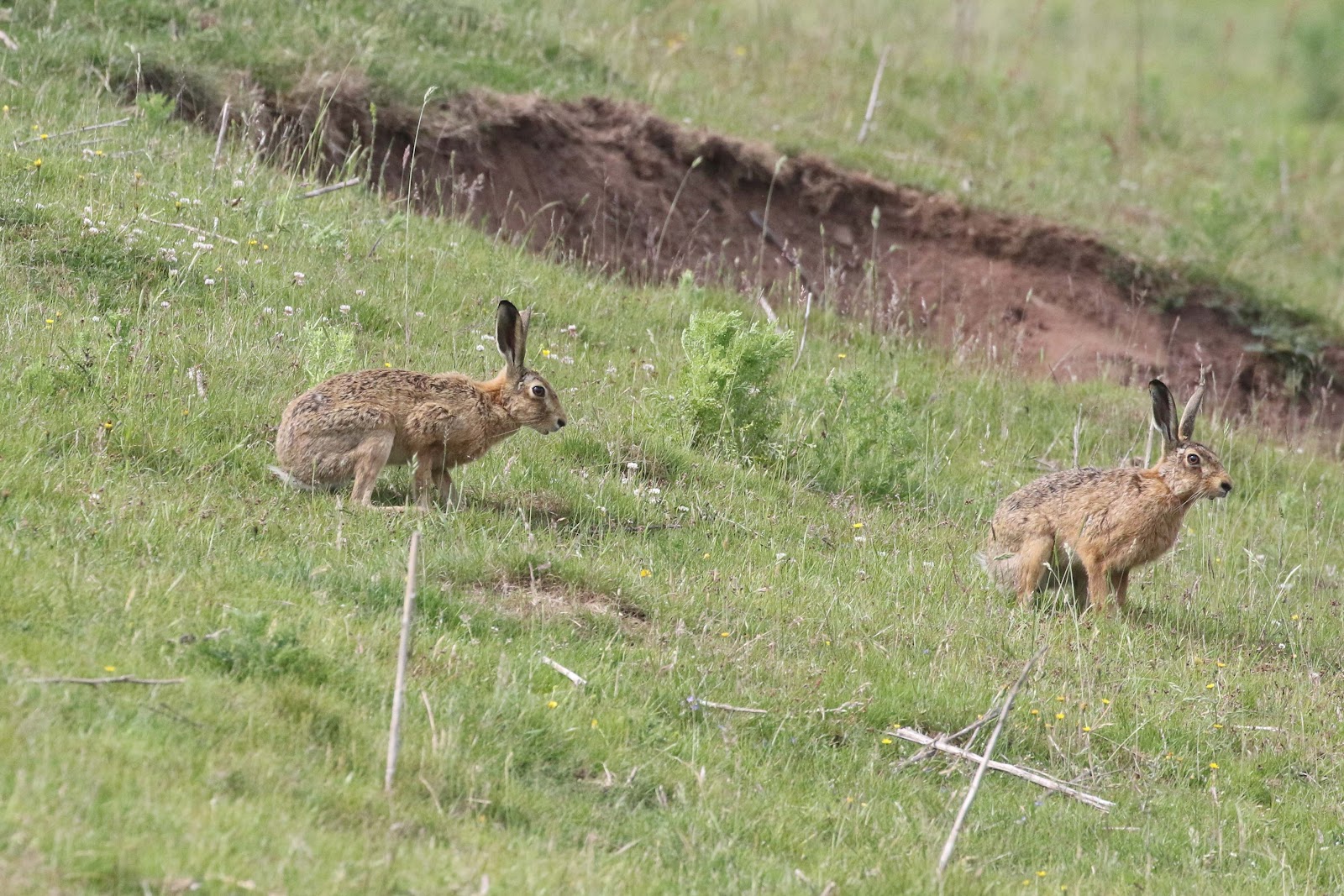





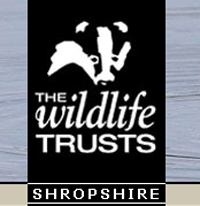

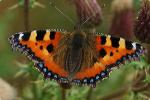




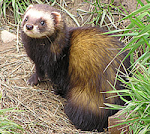

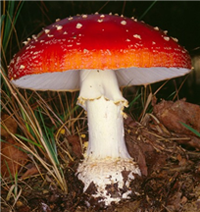





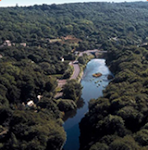






No comments:
Post a Comment
Please feel free to comment on this post...